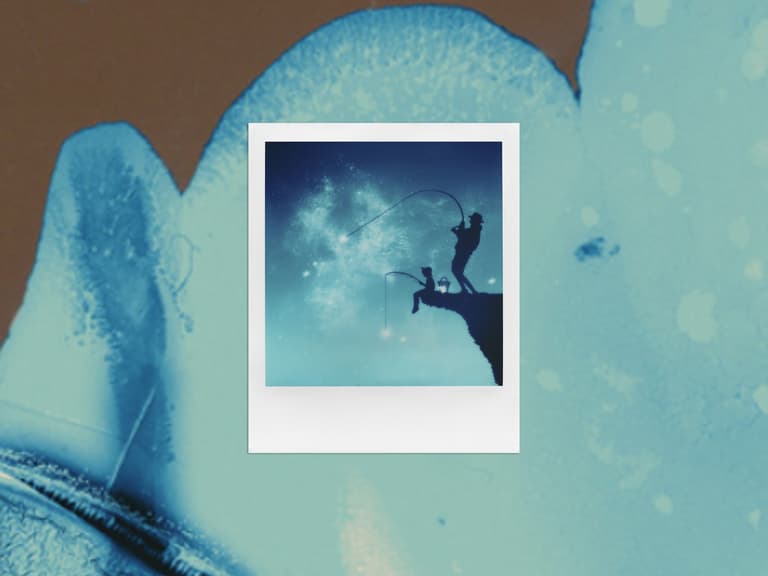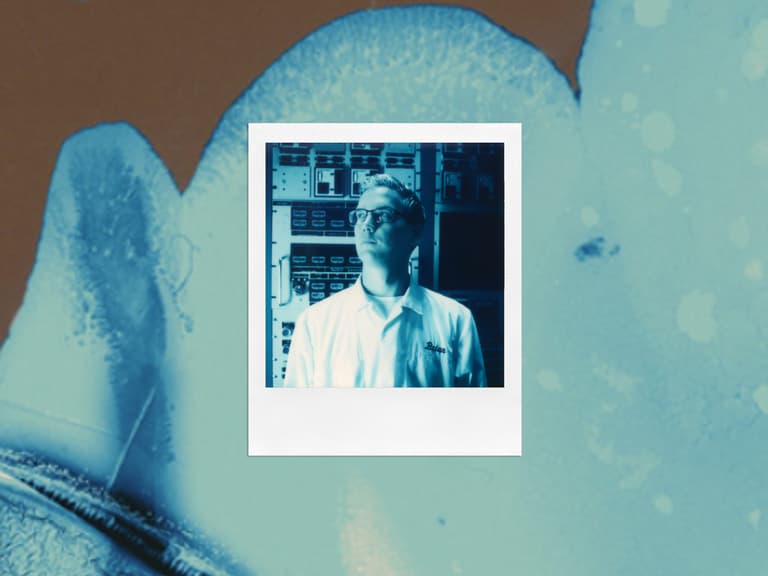Happy Accidents: Polaroid Reclaimed Blue 600 i-Type Film Stock Review
When accidents turn into chemical masterpieces. Watch as I galavant the Polaroid factory Amsterdam learning the processes behind everyone's favorite film brand.
I was honored to receive an invitation to visit the Polaroid factory in Amsterdam, where I had the incredible opportunity to meet the team, snap some rad photos, and gain a greater understanding of the chemical process behind the renowned company's latest film stock, Reclaimed Blue.

Polaroid
Color Film for 600 – Reclaimed Blue Edition
Is it great for portraits? Landscape? Artistic shots? Dramatic shots? We need our adventurous audience to grab a pack of this and start experimenting!
Buy for $16.99

The Invitation (& Brief History Lesson!)
As a passionate photographer and film aficionado, I was eager to see their operation up close and personal.
Upon arrival, the Polaroid team took me and a group of fellow creators on a factory tour. The space was brimmed from head to toe with gleaming machinery, each playing a vital role in producing Polaroid famous films stocks.
The chemical process behind Polaroid film is complex, one I still have to wrap my head around. The process begins with coating a base layer of polyester with a layer of plasticizer, followed by a layer of emulsion that contains light-sensitive chemicals. These chemicals are activated when the film is exposed to light, resulting in an astonishing, instantaneous image.
The history of Polaroid is just as fascinating as the process itself. The company was founded in 1937 by Edwin Land, who was inspired to create a camera that could produce instant images after his young daughter asked him why she couldn't see a photo he had taken of her right away. Land's innovation led to the creation of the first instant camera in 1948, becoming a grand success for generations.



So BLUE!
Brian, R&D's chemist, made a fantastic discovery one day in his laboratory: a potent new chemical combination created a unique kind of film stock with an ethereal yet bold cyanotype look.
This "Reclaimed Blue" is not entirely monochrome or duo-chrome but a combination of both. The reaction Brian was working with produced an intense hue of blue, and he decided to use this in combination with some existing materials from the company's film manufacturing process. To his surprise, the unexpected combination yielded a previously unknown type of film. This new and unique film quickly gained attention due to its rich shades of blue, and it became a hit among movie producers and cinematographers alike. It's a daring, majestic color that captures the essence of underwater photography, bringing your photos to life with its one-of-a-kind charm.
Despite a lack of dynamic range in sunny areas, the darker parts of this film stock create a captivating look. It's a bold, daring, and beautiful invention — a product of an accidental genius.
Over the years, Polaroid has continued to push the envelope of instant camera technology. Even as digital photography has become more prevalent, Polaroid has remained a beloved brand that even the younger generation gravitates towards. Its instant film products offer a unique and tangible experience that's near impossible to replicate digitally.
I've always been fascinated by the magic of instant film, but seeing the process firsthand and learning about the company's history gave them a newfound appreciation for the product. I'm in awe by the level of precision and care that went into each step of the filmmaking process, and I am amazed by the amount of work that goes into creating such a simple yet powerful capturing tool.
I'm stoked for the future of Polaroid. Despite the challenges posed by digital photography and the rise of smartphones, the company has continued to adapt and evolve, releasing new film stocks and innovative technologies that have kept the name relevant and beloved.
As long as there are photographers and film enthusiasts, there will always be a place for Polaroid film in photography.
The Enschede factory had an interesting experiment in mind. They sought to improve their film by focusing on one particular chemical: TBHQ. On top of that, they sought to add a new element of sustainability and reuse by utilizing 'out of spec color negatives', which are usually destroyed as they do not meet high-quality standards. With no expectation of the outcome, this ambitious project was set into motion.










